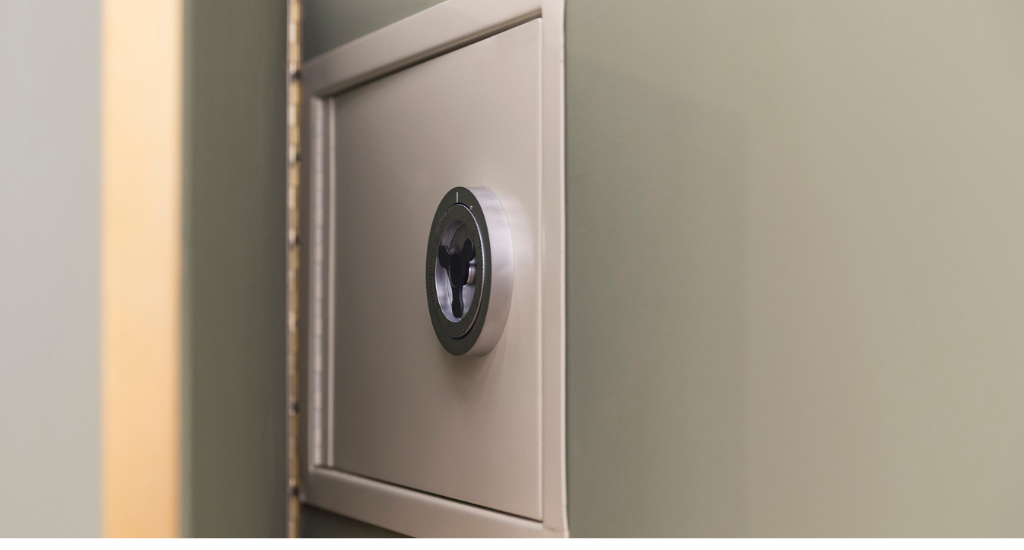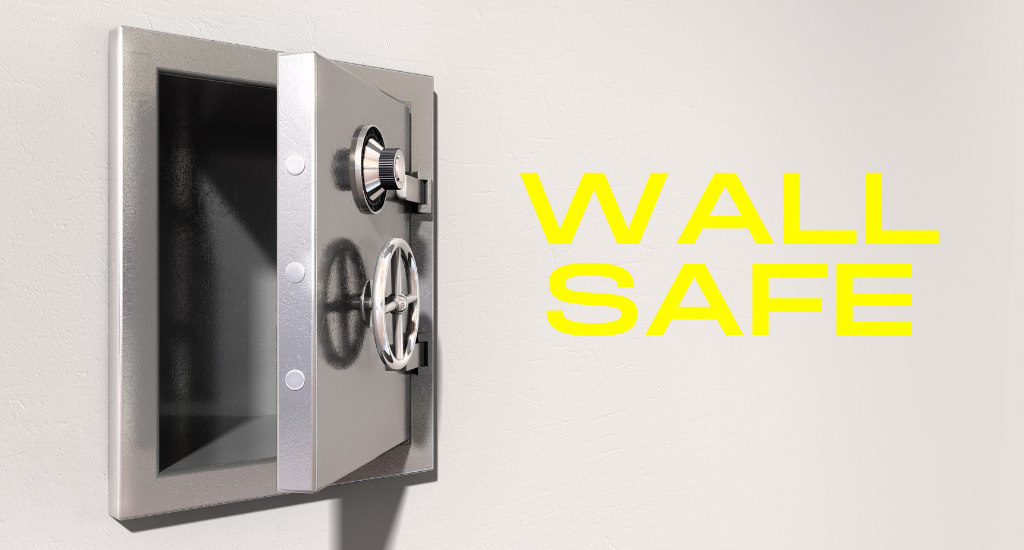What to Consider When Choosing a Wall Safe
In an increasingly security-conscious world, safeguarding our valuables has become a paramount concern. Whether it’s important documents, jewelry, firearms, or electronic devices, a reliable safe is an essential investment. Wall safes, in particular, offer a discreet and space-efficient solution that seamlessly integrates into your living or office space. However, with a multitude of options available, choosing the right wall safe can be a daunting task.
In this article, we will delve into the key factors you should consider when selecting a wall safe, ensuring that your valuables remain protected while maintaining accessibility and convenience.
Security Features – The Foundation of Trust
When it comes to a wall safe, security is the bedrock upon which all other considerations rest. The locking mechanism plays a pivotal role in determining the safe’s level of security. Electronic and mechanical locking systems are the two primary options. Electronic locks offer quick access through PIN codes or biometric authentication, enhancing convenience while maintaining security. Biometric authentication, utilizing fingerprints or retinal scans, is particularly advanced in terms of both security and ease of use.
In addition to the locking system, the safe’s ability to withstand unforeseen disasters is equally important. Fire and water resistance are critical features, ensuring that your valuables remain intact even in the face of unexpected incidents. Look for safes that are independently rated for fire resistance and water protection, providing you with peace of mind.
Size and Installation – Finding the Perfect Fit
Selecting the appropriate size of your wall safe is a crucial decision. Assess your needs and the type of items you intend to store within the safe. Whether it’s important documents, heirloom jewelry, or firearms, the safe should accommodate your valuables comfortably.
Installing a wall safe offers the advantage of concealment, making it less conspicuous to potential intruders. However, it’s essential to ensure that the installation is properly executed. The complexity of installation varies based on the chosen safe and the wall structure. In many cases, seeking professional assistance can guarantee both security and proper installation.
Accessibility and Convenience – Balancing Security and Use
While security is of utmost importance, a wall safe should also be accessible and convenient to use. Consider the location and height of the safe for easy access without compromising security. The last thing you want is a safe that’s challenging to reach or awkward to open.
Interior organization is another aspect that shouldn’t be overlooked. Look for safes with adjustable shelving or compartments, allowing you to customize the interior layout to accommodate various types of valuables. This level of organization not only ensures efficient use of space but also protects your items from potential damage caused by improper storage.
Material and Construction – Building Blocks of Durability
The materials used in a wall safe’s construction significantly impact its durability and security. Opt for safes made from solid steel, as they offer superior resistance against unauthorized access. Additionally, focus on door thickness and hinge quality, as these elements contribute to the overall strength of the safe.
Anti-tampering mechanisms and drill resistance are features to consider as well. These safeguards deter would-be burglars from attempting to breach the safe, adding an extra layer of protection to your valuables.
Concealment and Disguise – Enhancing Security Through Camouflage
One intriguing aspect of wall safes is their potential for camouflage. By integrating the safe into the design of your home or office, you can effectively hide it from prying eyes. Ingenious ideas such as disguising the safe behind a wall painting or mirror can make it virtually undetectable.
However, while concealment enhances security, it’s important to find a balance between camouflage and accessibility. A hidden safe should still be easily reachable for authorized individuals while remaining concealed from those without permission.
Price and Value – Navigating the Financial Landscape
Price is often a determining factor in any purchase decision, but it’s crucial to consider the relationship between price and value. While budget considerations are valid, compromising on security features for the sake of a lower cost can lead to regrettable consequences.
Set a budget that aligns with your security needs and the value of the items you plan to store. Investing in a high-quality wall safe ensures that your valuables remain protected in the long run, potentially saving you from significant losses.
Customer Reviews and Reputation – Learning from Others’ Experiences
Researching the manufacturer’s reputation and reading customer reviews can provide valuable insights into the quality and performance of a wall safe. Learn from the experiences of others to gain a better understanding of potential strengths and weaknesses.
A manufacturer with a solid reputation for producing reliable and secure safes is likely to offer a product that meets your expectations. Positive customer reviews can serve as an indicator of a safe’s quality and performance under real-world conditions.
Compatibility with Valuables – Tailoring Features to Your Needs
Different valuables have different storage requirements. A wall safe should accommodate your specific needs, whether it’s for jewelry, documents, firearms, or electronic devices. Some safes offer customizable interior options that can be tailored to suit the type of items you intend to store.
For example, a safe designed to hold firearms may include specially designed racks or holders to ensure safe and secure storage. Electronic devices and media might require features like built-in power outlets or ventilation to prevent heat buildup.
Future Considerations – Planning Ahead for Security Advancements
Selecting a wall safe is an investment not just for the present, but also for the future. As technology advances and security measures evolve, your safe should be able to adapt to new challenges. Look for safes with modular designs or those that offer upgradability, allowing you to incorporate new features without needing to replace the entire unit.
By choosing a forward-looking safe, you ensure that your investment remains relevant and effective for years to come.
Comparison to Other Safe Types – Why Choose a Wall Safe
While there are various types of safes available, including floor and freestanding options, wall safes offer distinct advantages. Their concealed nature provides an added layer of security, making them less susceptible to discovery during a break-in. Moreover, wall safes seamlessly integrate into your living or office space without taking up valuable floor area.
Conclusion – Strike the Balance for Optimal Security

Selecting a wall safe involves a careful consideration of various factors, all aimed at providing the optimal balance between security, convenience, and value. The security features, size, installation, accessibility, and construction quality collectively determine the effectiveness of the safe in protecting your valuables.
As you embark on the journey of choosing a wall safe, remember to prioritize security without sacrificing accessibility. Through meticulous research, considering customer reviews, and evaluating the reputation of manufacturers, you can make an informed decision that aligns with your unique needs. By striking the right balance, you can enjoy the peace of mind that comes from knowing your valuables are safely stored away from harm’s reach.
